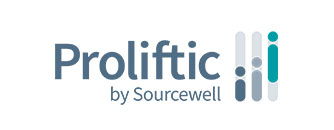Without aggregation, pulling insights from student data is a challenge
Educators have plenty of student data at their disposal (e.g., enrollment, attendance, grades, test scores, discipline referrals, involvement in extracurriculars, intervention participation, etc.). But the data they have access to is often siloed, which makes it difficult to aggregate and transform into meaningful insights — and ultimately, next steps.
That’s a problem because educators rely on data to inform their understanding of each student’s performance, update parents on progress and identify where interventions may be necessary. A lack of centralized data aggregation hinders decision-makers’ and educators’ ability to gauge and ensure core instruction effectiveness.
However, with a data management platform that unlocks streamlined access and visibility, educators and school districts can put student data to good use by applying it to their MTSS framework. Integrating student information into a data management platform also helps educators define their data sources and reveal data sets that are redundant or no longer useful. This process and the insights generated can help districts reduce unnecessary testing, saving time and resources.
Improve core instruction effectiveness by asking the right questions
After you identify and aggregate your student data in a central repository, it’s time to turn that data into valuable insights. This step requires asking the right questions, informed by the MTSS framework.
An MTSS framework begins with core instruction, which should be designed to meet the instructional needs of at least 80% of students. Data aggregation is critical to determine if your district’s core instruction is meeting this goal. So, once you have a full understanding of your data, you can start asking the following types of questions to ensure your district is on the right track:
-
What percentage of students at each grade level met our target expectations for fall, winter, and spring in each domain?
-
How do these percent-above-target scores for the current year compare to those of previous years?
-
Of the students who started the year on target, what percentage finished the year on target, at each grade level?
-
What percentage of students at each grade level met target expectations in the spring without receiving supplemental intervention?
-
What percentage of students who started the year below target ended the year above target without receiving supplemental intervention?
-
What percentage of students who started the year on target achieved expected growth from fall to spring?
Asking these questions can help your district get into a routine of regularly reviewing student outcomes, and ensuring needs and goals are met.


